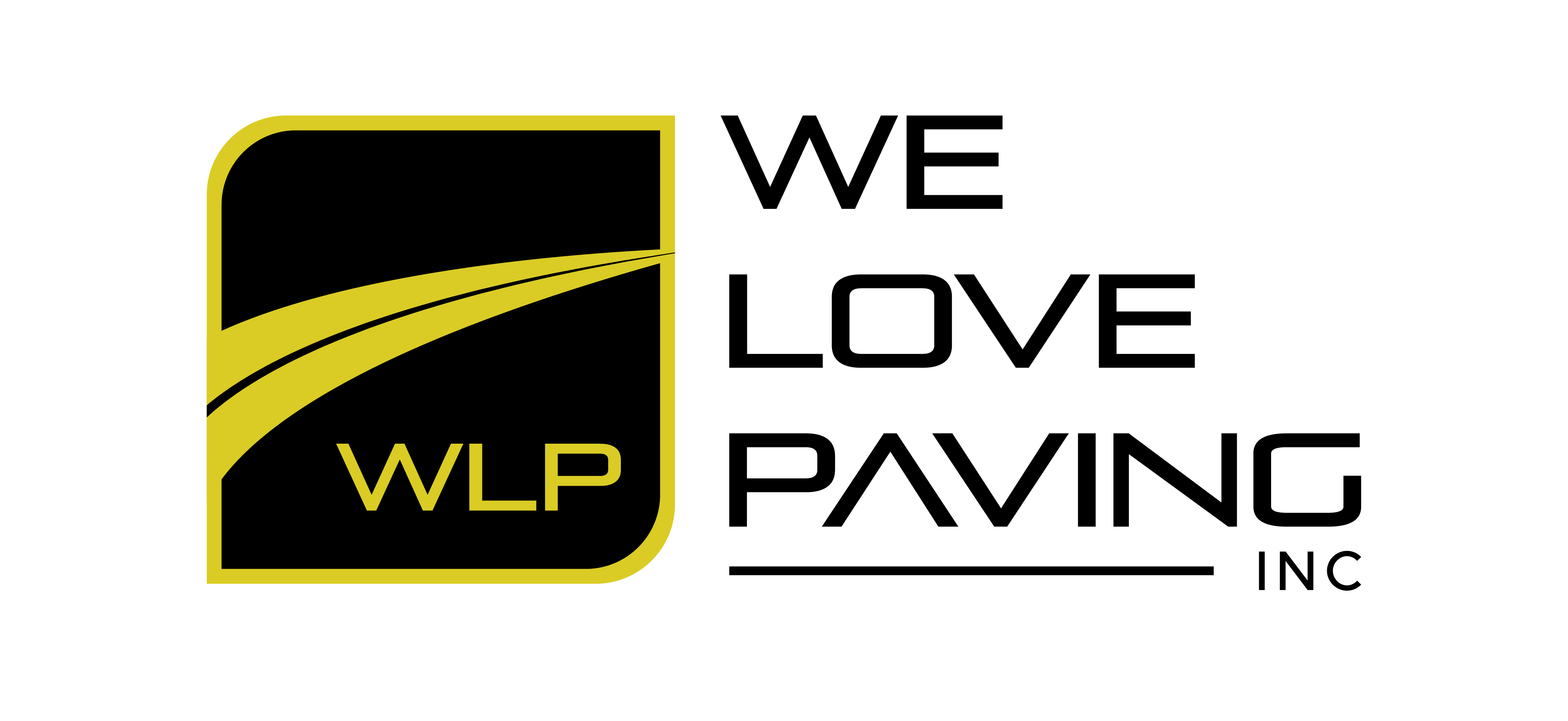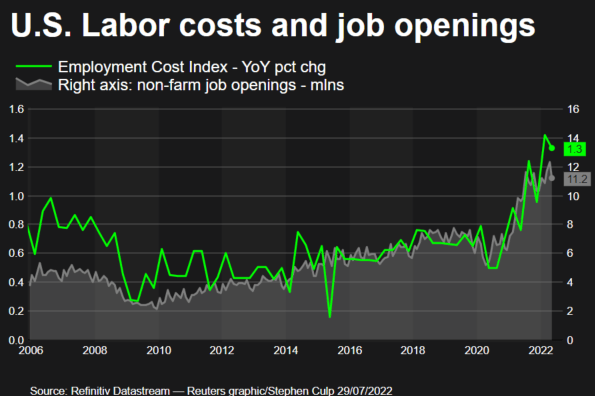Paving costs have experienced a significant upward trend in recent years, leaving property owners questioning the reasons behind this surge. In this detailed exploration, we delve into the multifaceted factors contributing to the escalating costs of paving in 2023 and beyond.
Material Costs and Market Dynamics
The cornerstone of any paving project lies in its materials, and the pricing dynamics of these materials have witnessed substantial fluctuations. Raw materials such as concrete, asphalt, and natural stone have seen unprecedented price hikes. This surge can be attributed to a myriad of factors, including inflationary pressures, disruptions in the global supply chain, and heightened demand across various sectors. As a result, the expenses associated with procuring these essential paving materials have soared, exerting significant upward pressure on overall project costs.
To delve deeper into material costs, it’s crucial to understand the intricate supply chain dynamics at play. With disruptions in the supply chain due to factors like geopolitical tensions, natural disasters, and labor shortages, the availability of raw materials becomes constrained, driving prices upwards. Additionally, the global economy’s recovery from the pandemic-induced slowdown has fueled a surge in demand for construction materials, further exacerbating price pressures.
Moreover, the quality of materials also influences costs significantly. While opting for higher-quality materials may entail a higher initial investment, they often yield long-term benefits in terms of durability and performance, thereby mitigating future maintenance costs. Therefore, striking a balance between cost and quality becomes imperative for property owners and paving contractors alike.
Labor Market Dynamics
Labor constitutes a substantial portion of paving expenses, and the cost of skilled labor has witnessed a remarkable surge in 2023. With a notable 4.5% increase since the previous year, the market for skilled paving labor has become fiercely competitive. Factors such as a shortage of proficient workers, increasing wages, and evolving labor regulations have contributed to this surge.
Furthermore, the nature of paving work often necessitates skilled labor, as precision and expertise are paramount for achieving optimal results. Therefore, paving contractors are compelled to adjust their pricing structures to accommodate the escalating costs associated with acquiring and retaining skilled labor. Additionally, investments in training and skill development programs can help mitigate the impact of labor shortages while ensuring a steady supply of competent workers in the paving industry.
Impact of Transportation Costs
The logistics of transporting paving materials and equipment to job sites play a pivotal role in determining project costs. In recent years, the transportation sector has witnessed a surge in fuel prices, thereby escalating the overall expenses incurred in transporting materials and machinery. As a result, paving contractors are faced with the challenge of navigating these heightened transportation costs, which inevitably trickle down to the end consumer in the form of increased project expenditures.
Moreover, the geographic location of job sites can significantly influence transportation costs, particularly for remote or inaccessible areas. Therefore, strategic planning and optimization of transportation routes become essential for minimizing costs and ensuring efficient project execution. Additionally, leveraging technology solutions such as route optimization software and telematics can help streamline logistics operations while reducing fuel consumption and emissions.
Surging Demand for Paving Services
The burgeoning demand for paving services represents yet another driving force behind the escalating costs in 2023. With a growing number of property owners investing in property enhancements and outdoor renovations, the demand for paving services has surged significantly. This heightened demand creates a competitive landscape wherein paving contractors can leverage their services at premium prices.
Furthermore, the evolving preferences of consumers towards sustainable and aesthetically pleasing paving solutions have fueled innovation in the paving industry, leading to the development of eco-friendly materials and advanced paving techniques. Consequently, the increased competition for paving services allows contractors to command higher prices, thereby contributing to the overall surge in paving costs.
Conclusion
In conclusion, the rise of paving costs in 2023 is a culmination of various interconnected factors, ranging from escalating material costs and labor market dynamics to transportation challenges and surging demand for paving services. As property owners navigate these cost escalations, it becomes imperative to adopt a proactive approach and explore strategies for cost optimization and value maximization.
By understanding the underlying dynamics driving the rise of paving costs and embracing innovative solutions and best practices, stakeholders can effectively manage project expenses while delivering superior outcomes. Ultimately, fostering collaboration and synergy across the paving industry will be essential for addressing the challenges posed by cost escalations and ensuring sustainable growth and resilience in the evolving landscape of paving in 2023 and beyond.

